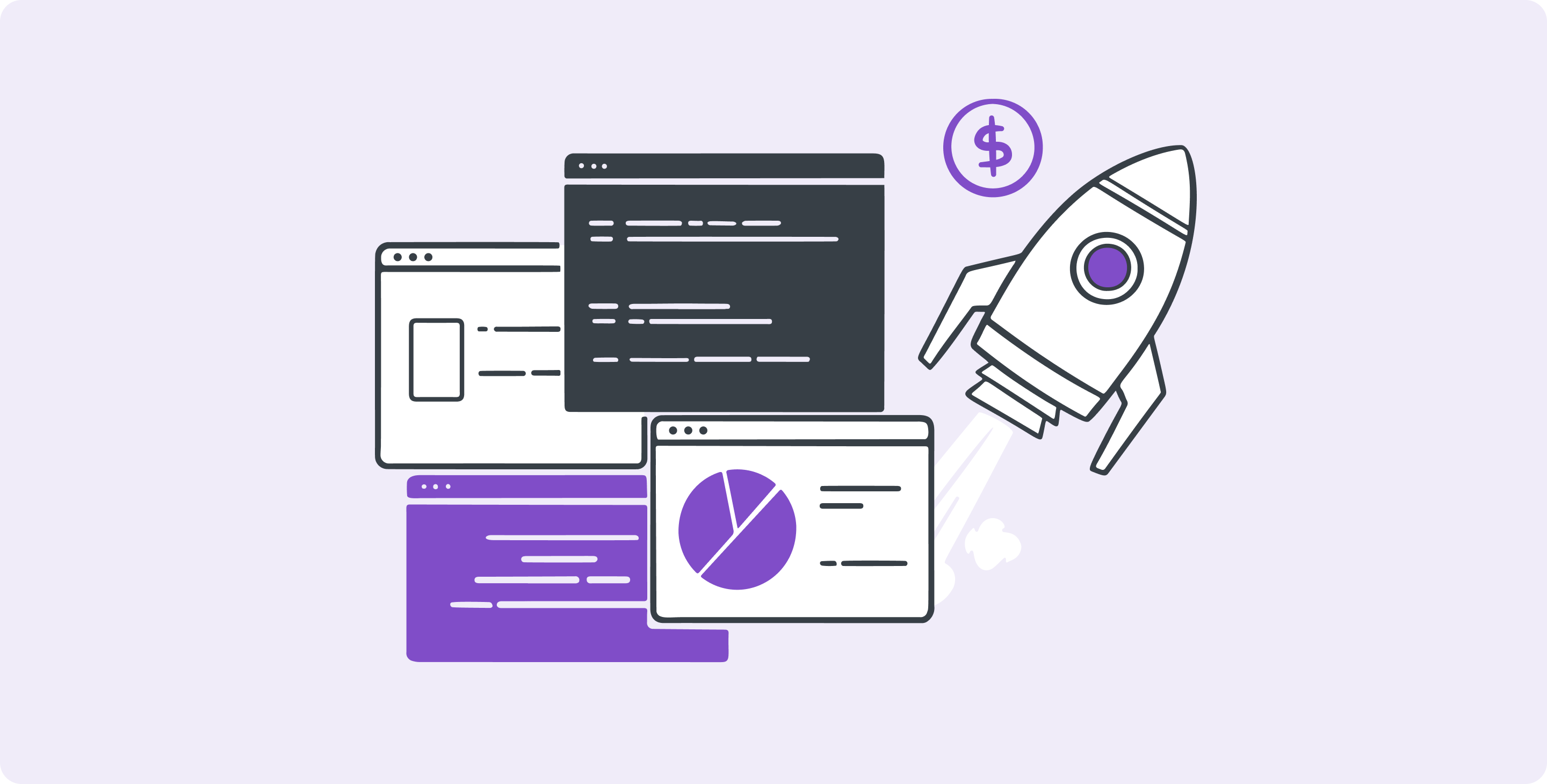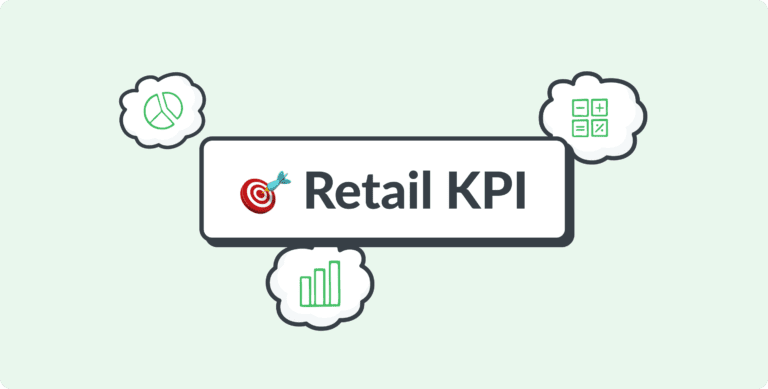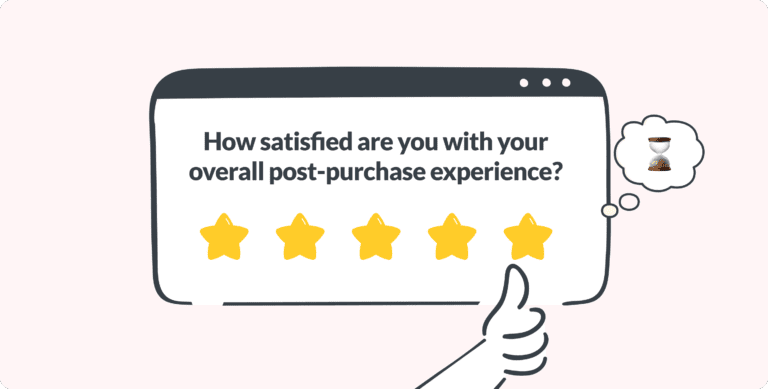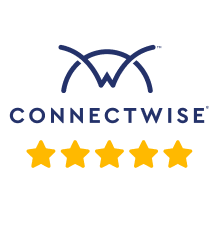Research tells us that 86% of buyers are willing to pay more for a better experience. If you’re not using customer feedback to improve the CX and drive sales, you’re leaving money on the table.
Feedback is more than just a support tool. The most successful retail brands use it to improve products, sharpen messaging, and streamline their sales funnel in ways that feel natural instead of pushy.
Here’s how to turn feedback into a cost-effective, scalable strategy to increase sales.
1. Build your buyer persona using real customer insights
According to Deloitte, brands that offer seamless personalization see:
- a 71% increase in customer loyalty
- revenue growth of 48%
To provide this, you need detailed and accurate buyer profiles based on customer feedback you can collect from surveys and support calls. Let your best customers tell you what they care about in their own words!
2. Improve customer service using feedback trends
When service improves, so do your sales. And the best way to improve your service team’s performance is to look at support tickets, live chat logs, and post-interaction surveys.
Find the patterns in complaints. What confuses the customers? What questions keep popping up? What takes the most time to resolve? If several customers say they waited too long for help or got inconsistent answers, those are red flags. And they’re fixable.
It’s not about casting blame on individual team members. Customer feedback highlights gaps in your team’s training, support workflows, or help center content. Once the problem is clear, it becomes easy to address.
3. Refine your sales funnel using behavioral feedback
Your sales funnel is only as strong as its weakest point. Customer feedback helps you find that.
The best insights here come from exit surveys, abandoned cart feedback, product page comments, and live chat transcripts. If people are complaining about pricing confusion or too many steps, it’s time to simplify.
When you eliminate unnecessary steps, clarify product details, and make checkout intuitive, you’re removing barriers that stop people from buying. This makes your funnel more efficient and helps increase sales without added ad spend.
4. Let feedback define your value proposition
You might think you know your biggest selling points… but your customers might disagree.
Listen to what they say they love most about your products or services. That’s your real value proposition, and you can’t develop it in a vacuum.
Analyze the responses to open-ended survey questions and use this language on your website, ads, and sales calls. Highlight phrases like “saves me time,” “worth the price,” or “I tell my friends.” These signal emotional buy-in, and they tell you what your most loyal customers care about.
You can also use direct quotes in your marketing copy!
It’s not just about improving your team’s understanding of the brand. Feedback is a great source of social proof. Did you know that reviews drive a 144% increase in conversion rate?
Scan reviews and testimonials for recurring words and emotional triggers, then use them in product descriptions and ad copy. You can automatically share all positive comments on your website.
5. Create customer loyalty loops with feedback follow-ups
Customers are used to seeing feedback surveys. They tend to assume it doesn’t mean anything.
It’s on you to prove them wrong.
Don’t let customer insights sit in a spreadsheet. Use them to shape updates, fix bugs, or launch features people actually want.
And then, close the loop. Let customers know you listened. Send a follow-up email, mention it in your next update. Contact customers who struggled in the past and tell them about your new solution.
Never underestimate the service recovery paradox. If you can prove to your customers that you’ve learned from past mistakes, their loyalty will grow, and they’ll spend money more freely in the future.
6. Treat feedback like R&D
Smart brands turn customer feedback into a research and development resource.
After all, you’re getting real-world, 24/7 reactions to your products, services, and messaging. There’s no need for guesswork: comprehensive customer feedback shows you what people love and what’s not working. If you’re not folding it into your planning cycles, you’re wasting one of the most cost-effective sources of innovation you have.
7. Fix friction points that slow the sale
According to Bazaar Voice, 88% of shoppers prioritize having a seamless experience across channels. Customer feedback tells you exactly where this experience falters.
One powerful metric here is the Customer Effort Score. It measures how easy it is for customers to complete key actions, like finding information or making a purchase.
Pay attention to comments like “I couldn’t find what I needed,” or “It took too long to check out.” When you resolve these sticking points, you’re making it easier for customers to convert, which directly helps increase sales.
Building a frictionless CX is both cost-effective and high-impact. It gains you higher conversions and stronger customer relationships.
8. Reduce customer regrets
More traffic won’t save a broken funnel.
Many teams focus on lead generation to increase sales, but it’s often lost deals, not lack of leads, that hold them back.
Feedback from disappointed/angry customers, churned customers, abandoned checkouts, and demo no-shows reveals a hard truth: people were interested… and then something turned them off.
Read more: Why you need more negative feedback
That’s where your biggest revenue leaks are.
Use post-exit surveys, cancellation reasons, and follow-ups with lost deals to understand the regret points. Was the pricing unclear? Was the value proposition too vague? Did customer service lag at the wrong moment?
Reducing these friction points does more than to just plug holes in your funnel. Fix what’s already working almost well enough, and watch your conversions rise.
Feedback is a sales strategy, not a suggestion box
Customer feedback isn’t just something you collect for internal reports. It’s not “nice to have.” It’s a strategic tool to increase sales, fine-tune your messaging, build better products, and grow your business faster. It needs to be a part of your ever-deepening understanding of your brand.
The playbook is simple: Ask often. Listen closely. Act quickly. Then let your customers see the difference.
About Simplesat: Simplesat is the leading omnichannel survey app designed to enhance customer feedback management across various platforms, including Zendesk, Salesforce, and Gladly. Trusted by businesses worldwide, Simplesat delivers actionable insights that drive business growth and customer satisfaction.















